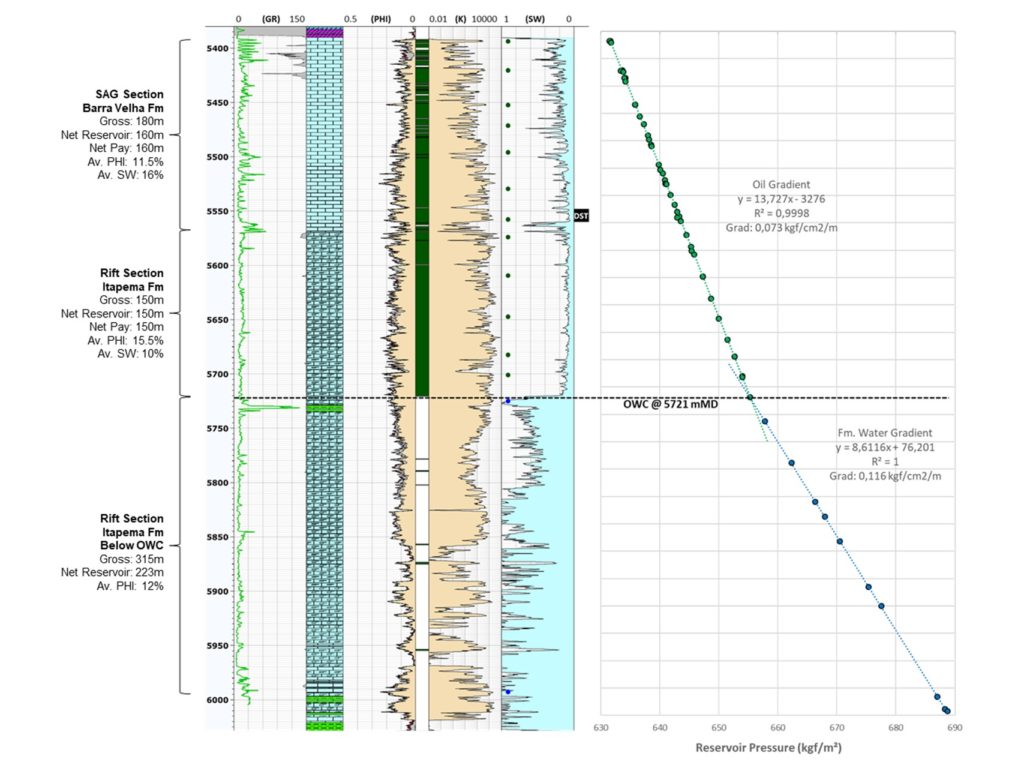BPS presents geopressure study at first EAGE workshop on pre-salt reservoirs

Last week, we had the pleasure of attending and presenting at the first EAGE workshop on pre-salt reservoirs in Rio de Janeiro. BPS Exploration and Production Director Sidnei Rostirolla presented our recent geopressure study of the pre-salt province of the Santos and Campos basins, leading a talk on the relationship between pressure compartments, reservoir-pods, generation kitchens and the thermal evolution of the petroleum systems.
Our wide-ranging analysis of subsurface data along the basins revealed that the entire area shares very similar key characteristics, such as reservoir-pod and pressure compartmentalization, migration pathways and thermal evolution of the petroleum systems. Our investigation covered formation pressure data, Petroleum Systems Modelling (PSM) and reservoir characterization, aiming to better understand the relationship among the different basin domains, structural compartments, oil cracking signatures, CO2 content and GOR distributions.
One of the main objectives was to provide a useful tool in the risk assessment of the remaining pre-salt exploration acreage, helping in the technical evaluation of the new concession areas for future bidding rounds with factual elements that were obtained from existing oil fields. The approach could also be useful in supporting drill planning and forecasting well testing productivity and geopressure settings, which is important for future field development, especially if gas and/or CO2 are present in quantities that could impact production.

The pressure compartments were characterized using wire line data obtained in key wells along the basins (Figure 1 shows an example of the well-by-well analyses, while Figure 2 illustrates the comparison of wells in different compartments). The MDT pressure points were evaluated in the wells, aiming to establish the hydrocarbon and water formation gradients, as well as to characterize the average subsurface pressure at reservoir level.

What controls the geopressure environment is not completely understood, but the results clearly show distinct pressure compartments along the basins. Although pressure compartments are commonly explained by the effectiveness of the seal that prevents pressure equilibration to normal hydrostatic levels, the zones of high and low pressures in the Santos and Campos basins are not always directly related to salt withdrawal, suggesting that other factors such as disequilibrium compaction and thermal history might be very important in the dynamics of the petroleum systems and the preservation conditions of the accumulations.
Click here to download the pdf of Geopressure, Reservoir Properties and Advanced Geochemistry Analyses Along Pre-Salt in Santos and Campos Basins: From Oil Fields to Frontier Areas
Home / BPS presents geopressure study at first EAGE workshop on pre-salt reservoirs

